-
Clean Easy
-
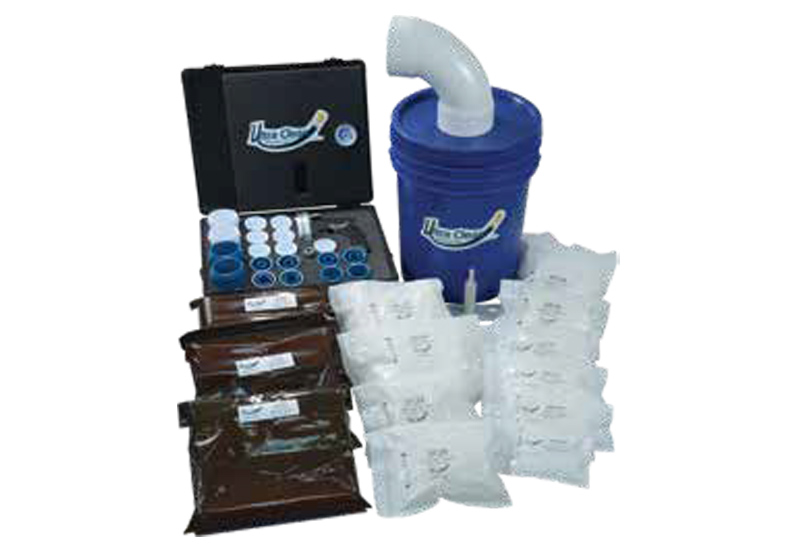 Kits
Starter kits for every business model from the occasional user to production type environments.
Kits
Starter kits for every business model from the occasional user to production type environments.
-
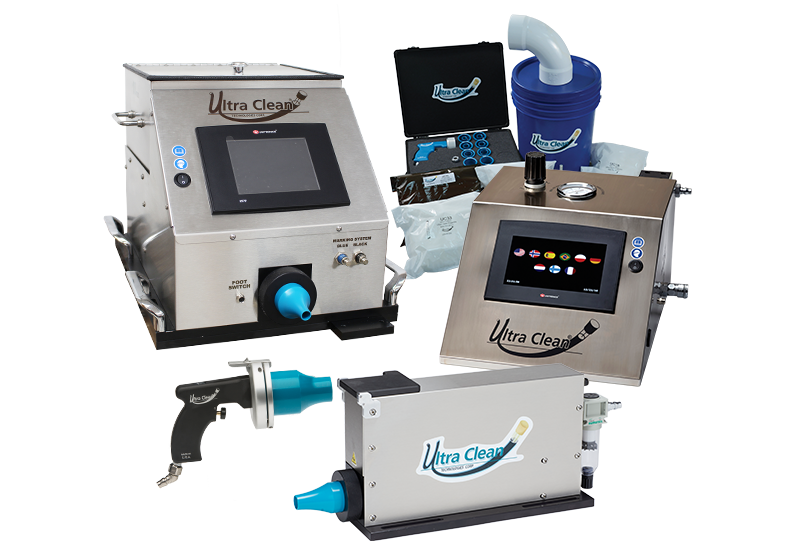 Projectile Launchers
Cleaning hose, tube or pipe has never been easier! Cleaning just takes seconds to perform and ISO 13/10 levels are achievable!
Projectile Launchers
Cleaning hose, tube or pipe has never been easier! Cleaning just takes seconds to perform and ISO 13/10 levels are achievable!
-
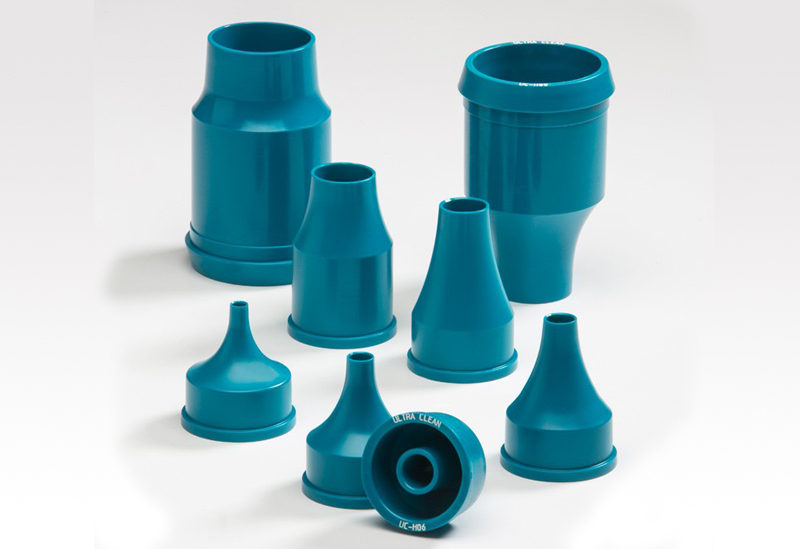 Nozzles/Adapter Rings
Nozzles and adapter rings for use on all basic hose, tube, and pipe applications and assemblies.
Nozzles/Adapter Rings
Nozzles and adapter rings for use on all basic hose, tube, and pipe applications and assemblies.
-
 Projectiles
Foam projectiles for cleaning basic applications, extreme surface rust or scale build-up.
Projectiles
Foam projectiles for cleaning basic applications, extreme surface rust or scale build-up.
-
 Accessories
Make your cleaning system easier to use with convenient accessories.
Accessories
Make your cleaning system easier to use with convenient accessories.
-
-
Seal easy
-
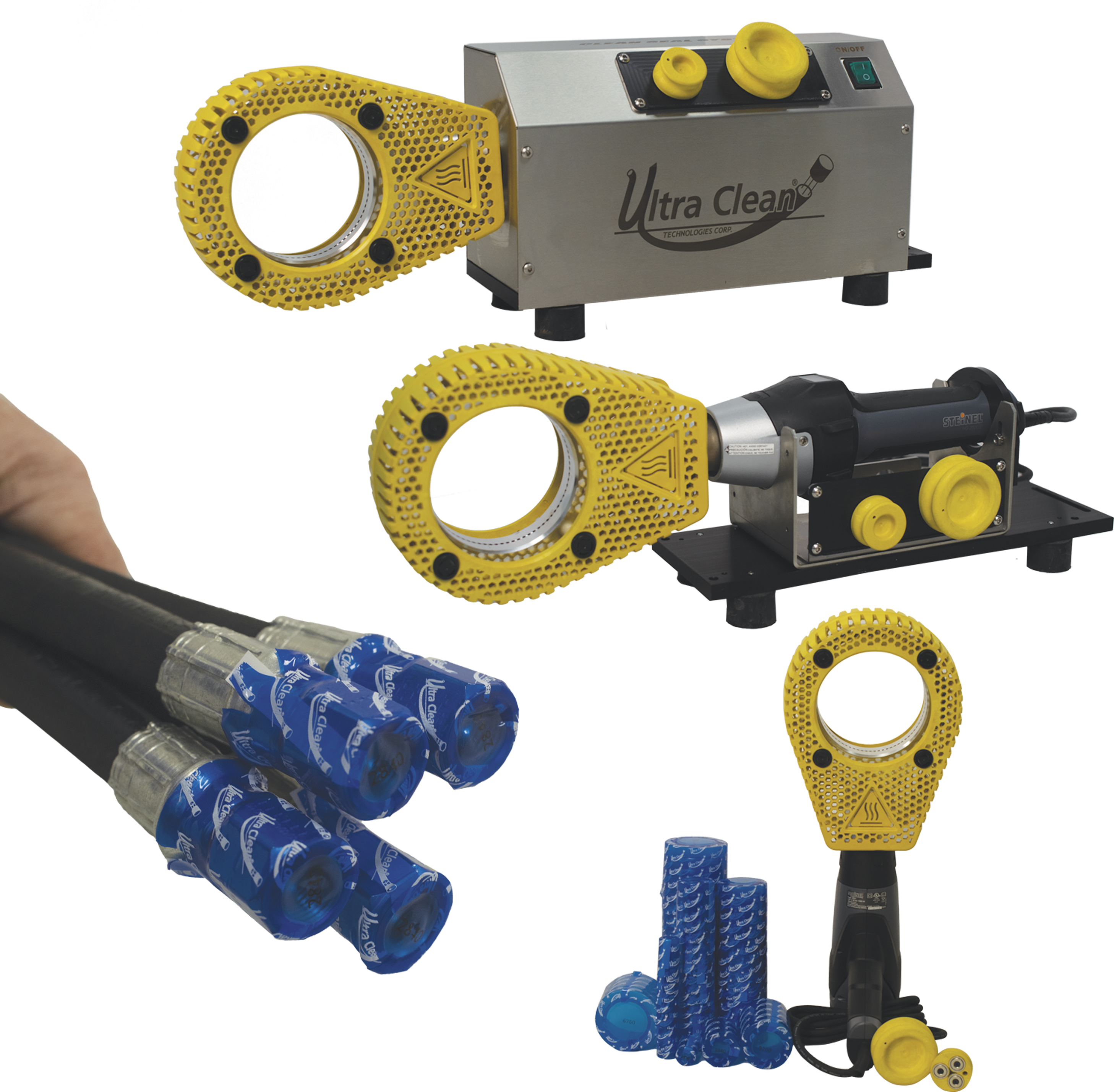 Clean Seal System
Bench-top production heat-shrink machine for sealing capsules onto assemblies
Clean Seal System
Bench-top production heat-shrink machine for sealing capsules onto assemblies
-
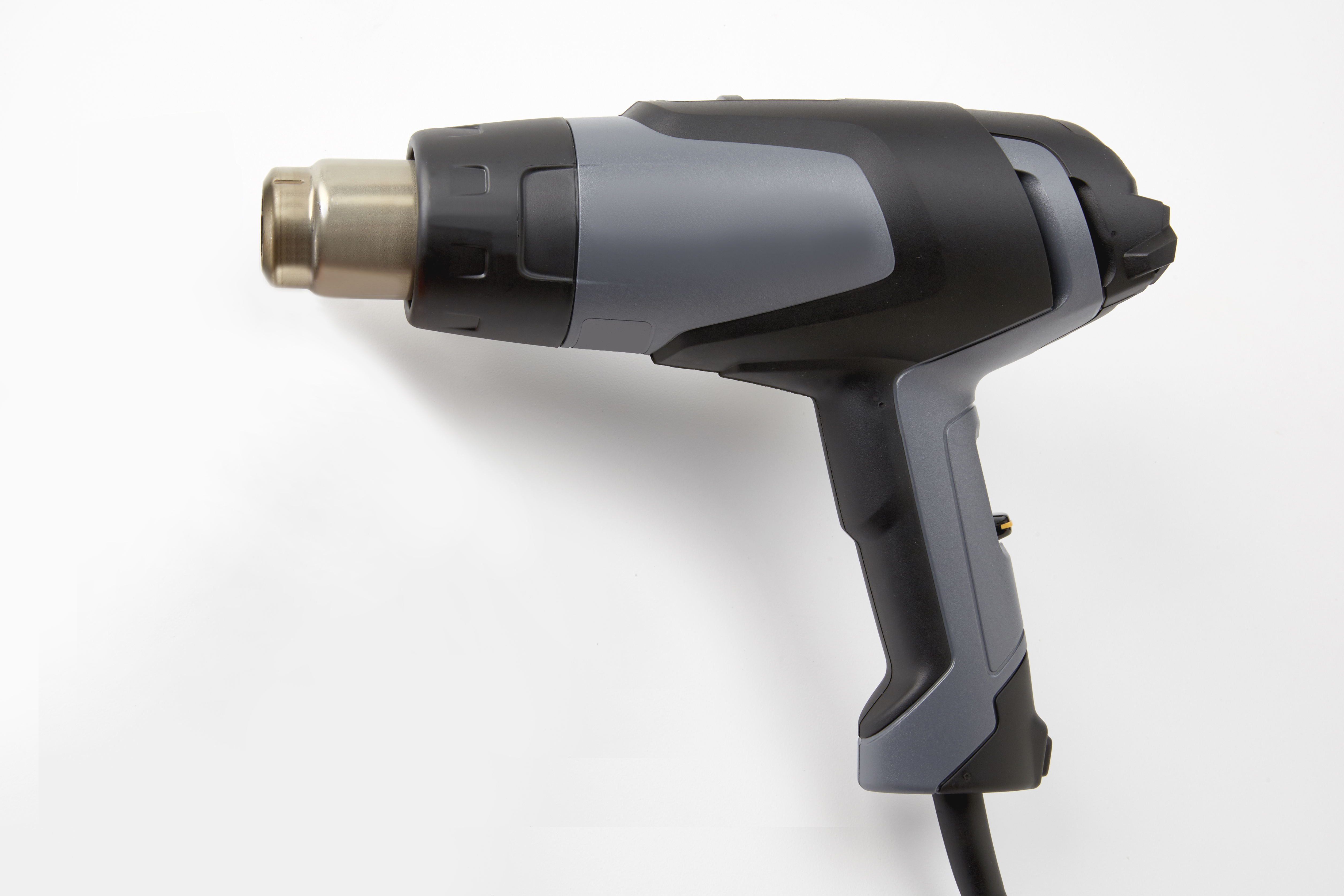 Heat Shrink Guns
Industrial heat gun for sealing capsules onto assemblies.
Heat Shrink Guns
Industrial heat gun for sealing capsules onto assemblies.
-
 Accessories
360° heat diffuser and flexible stand for heat guns.
Accessories
360° heat diffuser and flexible stand for heat guns.
-
Clean Seal Capsules
-
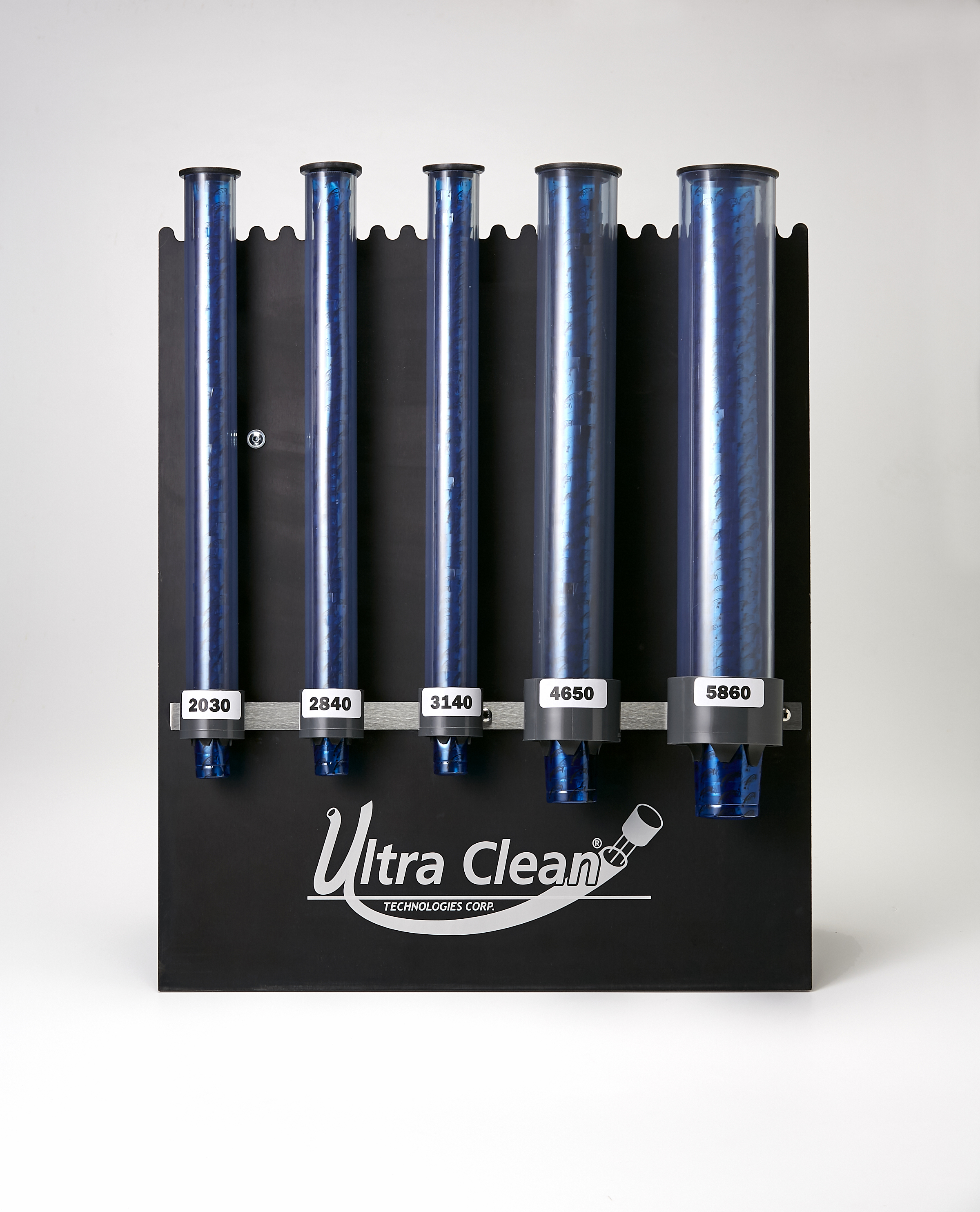 Capsule Dispenser Stand
Capsule Dispenser Stand
-
-
Breathe easy
-
 D-Series Breathers
Stationary Applications
D-Series Breathers
Stationary Applications
-
 R-Series Breathers
High Vibration Applications; Railroad Maintenance of Way Equipment.
R-Series Breathers
High Vibration Applications; Railroad Maintenance of Way Equipment.
-
 Z-Series Breathers
Limited Space Applications
Z-Series Breathers
Limited Space Applications
-
 X-Series Breathers
High Humidity/Dust Applications
X-Series Breathers
High Humidity/Dust Applications
-
 M-Series Breathers
Heavy Duty Applications
M-Series Breathers
Heavy Duty Applications
-
- Applications
-
Customer Service
- General Information
- Frequently Asked Questions
- Customer Downloads
- Become a Distributor
- Privacy Policy
- Home >
- Hydraulic Contamination Causes And Effects | UCT
Loading the player...
HYDRAULIC CONTAMINATION - CAUSES AND EFFECTS
Our advanced capping method uses heat to shrink capsules onto cleaned hose and tube assemblies
In order to visualize what a 5 micron particle looks like, let's start with the smallest particle that we can see... the speck of dust you see on your TV screen, which is 40 microns in diameter. You might conclude after a quick glance at the numbers that a 5 micron particle is one-eighth the size of a 40 micron speck. But to properly compare size, you must relate the cross-sections of the particles, not the diameters.
As you can see in this representation, the 5 micron particle is actually 1/64 the size of a speck you see on a TV. Due to the tight clearances in today's systems, that small a particle can be the beginning of premature wear and efficiency loss. And it doesn't take too many particles to contaminate a system.
Contamination particles look like this in dirty oil. A microscope reveals actual size differences in appearance between dirty oil and clean oil.
But where does such contamination come from? It's often there from the very beginning. Large amounts of contamination are introduced at the time of hose and tube installation on hydraulic machinery. Contamination is generated in hydraulic hose at the time of cutting and crimping . Contamination enters metal tube assemblies during the cutting, deburring, bending and flaring processes. Hoses and tubes that are not cleaned before installation will have a detrimental effect on any hydraulic system they are being installed on.
How do microscopic contaminants achieve such large and drastic effects?
Contaminants do not have smooth edges. They are irregular in shape and have sharp edges that cause abrasion as they scrape metal surfaces creating additional contaminants.
Lets follow contaminants in the hydraulic oil as it is drawn from the tank, thru the hose, to the pump. You can see the contaminants' irregular shape.. with sharp edges and corners.
Once the oil and contaminants are drawn into the rotating group of the pump, the contaminants can cause damage in several ways. The larger particles cannot pass through but will break up as they strike the stationary port plate... shown here in yellow... and cause accelerated wear. Notice how the contaminants break down the edges of the port plate.
As we look at other ways contamination can cause problems, we turn the animation of the pump 90 degrees, onto its side. Particles can lodge between the piston and the brass slipper foot.. shown here in purple... causing it to jam.
The contaminants can also scrape walls between the barrel and piston. Electro hydraulic valves are more susceptible to contaminant damage because the clearances are even smaller, as small as 3 to 4 microns.
Some of the particles naturally adhere to the imperfections in the wall or because of the electro magnetic conditions in the valve. This buildup, or siltation, can either slow the spool causing sluggishness or make the spool hesitate, causing jerkiness in the system.
Over time the contaminants can cause wear on the spool that results in leakage. And sometimes a large particle can become lodged and block the motion in the valve.
All the particles then move onto the filter. Do not assume the filter removes all contaminants in a single pass. As the oil moves through the filter media, many of the particles are trapped. But a few... some large and some small... travel through the media and return to the system through the center tube.
Even high efficiency filters do not remove all contaminants. Contamination can affect any machine with hydraulic capabilities. A hoe that swings too far on a backhoe loader. Or one track that runs faster than the other track on a track-type tractor can be a sign of contamination.
Equipment owners and operators also see other common effects of hydraulic system contamination. including cylinder drift, jerky steering, slower performance, erratic operation, shorter service intervals, higher operating costs, lower productivity and possible catastrophic failure.
The pump is one of the most expensive components to fix on a hydraulic system. And in the event of a catastrophic failure it may take days or even weeks to repair a contaminated hydraulic system.
That's why it's so important that the means exist today to prevent such problems from occurring. The products and procedures of Ultra Clean technologies can protect you from such nightmares.
CONTACT
- Ultra Clean Technologies
- 1274 Highway 77
- Bridgeton,NJ 08302
- TOLL FREE: 800.791.9111
INTL: +1 856.451.2176 - Email: [email protected]
Please enter your email address to download

















Whether it's an excavator, backhoe, tractor, or any other piece of heavy machinery, it contains hundreds of feet of hydraulic hose. In addition to carrying hydraulic fluid, these hoses are also storing and carrying contaminants.
This is a piston pump. It is no longer pumping hydraulic fluid. It failed because of too much contamination. This excavator now sits idle and unproductive since an excessive level of contaminants entered the system and went un- addressed.
Even before a breakdown, contaminants in fluid can reduce system efficiency. This is as true for fuel and engine oil as it is for hydraulic oil. A less efficient system is a less productive system.
These productivity losses can go undetected because efficiency loss is gradual. In hydraulic systems, for example, efficiency can drop as much as 20 percent before the operator detects a change in operation. That's losing a day of productivity each week.
There was a time when hydraulic pressures were much lower than they are today. Clearances between internal metal to metal surfaces were not as tight. And we were more concerned about contaminants we could see.
We now need to be concerned about dirt and other contaminants that we cannot see, including. particles as small as 2 to 5 microns. That small a measurement is hard to comprehend.